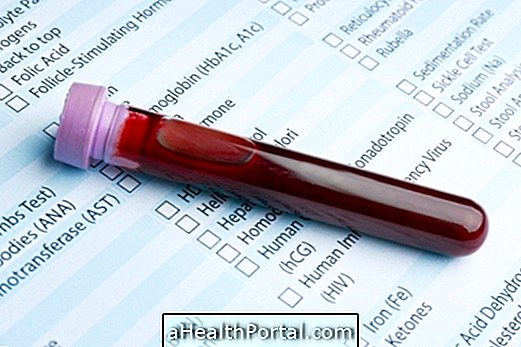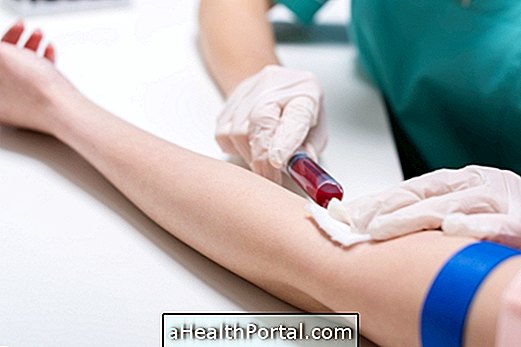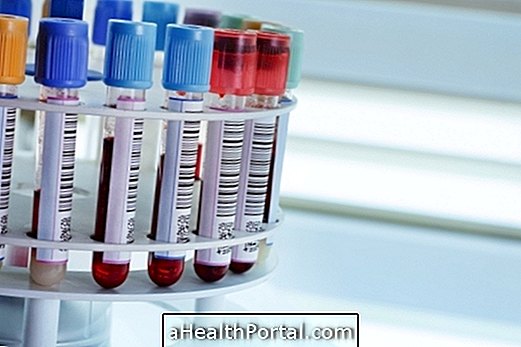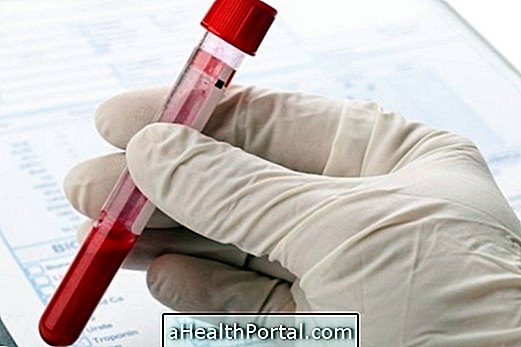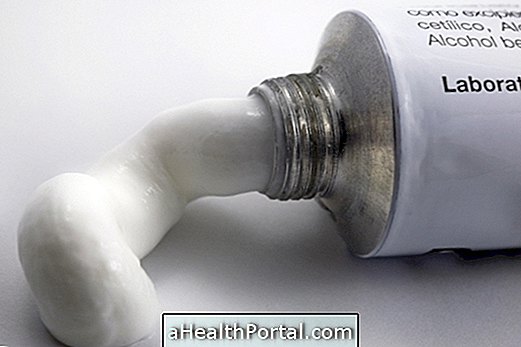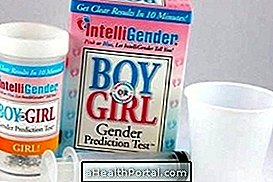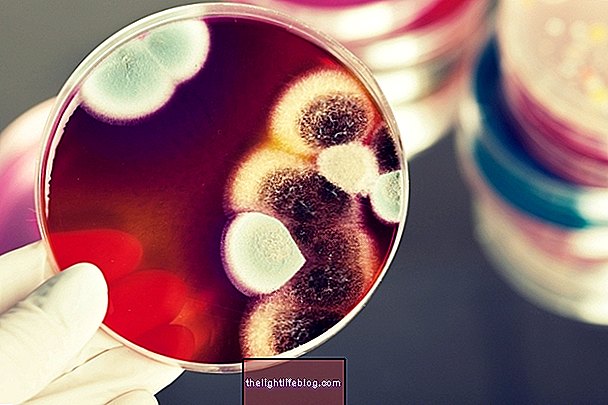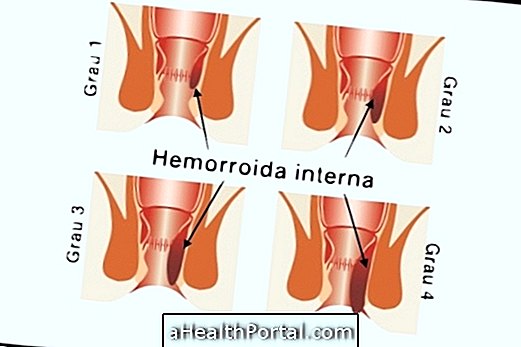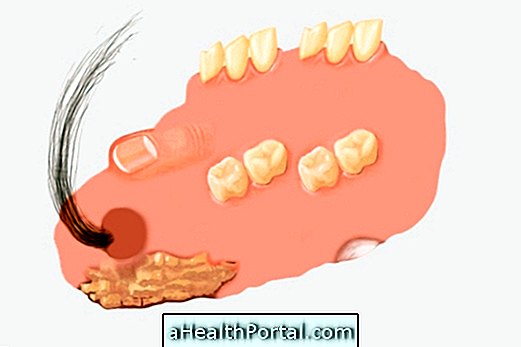The glycosylated hemoglobin test, also known as glycated hemoglobin, is a blood test that helps to identify and track the development of diabetes.
This test works because the sugar present in the blood binds to a component of the red blood cells, hemoglobin, keeping them connected until the blood cell cycle, which lasts an average of 120 days, ends. In this way, the value of glycosylated hemoglobin allows to know the average amount of sugar in the last 3 months.
Thus, this examination is more accurate than the simple finger prick test, which can be altered due to feeding and therefore is often used to make the diagnosis of diabetes. Learn about the other tests used to diagnose diabetes.
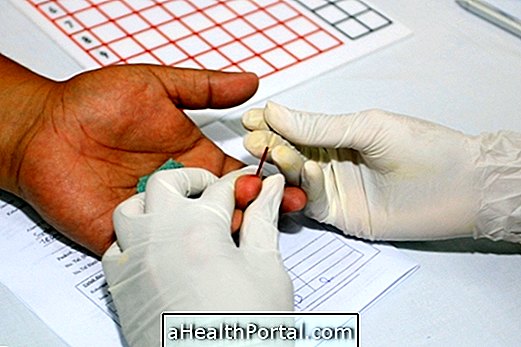
Reference values
The glycosylated hemoglobin values are for an adult:
- Normal: less than 5.7%;
- Diabetes: equal to or greater than 6.5%.
These values may vary from laboratory to laboratory and so it is important that the interpretation of the examination is done by the doctor who requested the examination.
Low glycated hemoglobin indicates hypoglycaemia and its causes should be studied by the physician.
How to prepare for the exam
Since this test evaluates the amount of sugar bound to hemoglobin in the last 3 months, no preparation is required. Therefore, you do not have to be fasting either, since what you eat before the test does not change the results, but what you have eaten during the last 3 months. However, if glycated hemoglobin is required for 24-hour glucose or cholesterol, it is necessary to fast for at least 8 hours.
When to repeat the exam
If diagnosed with diabetes, the test should be repeated at home 3 or 6 months to see if treatment is having the expected result or if another treatment option is needed.
If the values are normal, the test should only be repeated when there is suspicion of having diabetes, which happens when symptoms such as frequent urge to urinate, excessive thirst or difficulty to heal, for example.

